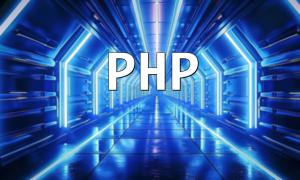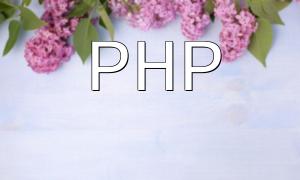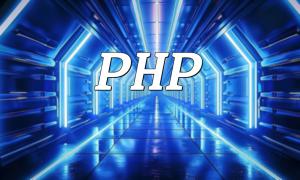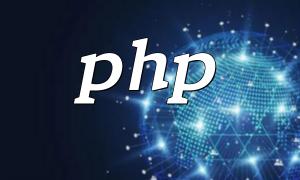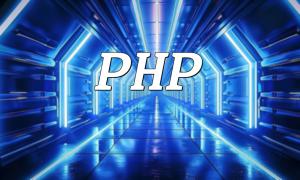With its powerful performance and elegant design, the MacBook has become the preferred device for many developers. For PHP developers, mastering practical tips for PHP programming on MacBook can improve work efficiency and optimize code quality. This article systematically introduces how to set up a PHP development environment on MacBook and shares tips to enhance your programming experience.
The first step in PHP development is to ensure that PHP is installed on your MacBook. Although macOS comes with a pre-installed PHP version, it is recommended to install the latest version using Homebrew. First, run the following command to install Homebrew:
<span class="fun">/bin/bash -c "$(curl -fsSL https://raw.githubusercontent.com/Homebrew/install/HEAD/install.sh)"</span>
After installation, use the command below to install PHP:
<span class="fun">brew install php</span>
Selecting an appropriate code editor or integrated development environment (IDE) is crucial for improving development efficiency. Visual Studio Code and PhpStorm are two popular choices, both offering rich plugin support and debugging features to meet diverse development needs.
Maintaining clear and readable code is key to project maintenance. It is recommended to follow the PSR-12 coding standard, an industry standard for PHP. Tools like PHP_CodeSniffer can help check your code style and ensure compliance.
Version control tools such as Git are essential for managing code changes. After installing Git on your MacBook, you can initialize a project repository with the following command:
<span class="fun">git init my-project</span>
This facilitates tracking changes and enhances team collaboration.
Xdebug is a commonly used debugging tool in PHP development, allowing you to set breakpoints, observe variable states, and analyze execution flow. On MacBook, you can install Xdebug using Homebrew:
<span class="fun">pecl install xdebug</span>
Unit testing is crucial for ensuring code quality. Using testing frameworks like PHPUnit makes it easy to write and run test cases, improving code stability and reliability.
Developing PHP on a MacBook with proper environment setup, adherence to coding standards, use of debugging tools, and writing tests greatly enhances development efficiency and code quality. We hope the tips and practices shared in this article support your PHP development journey effectively.

